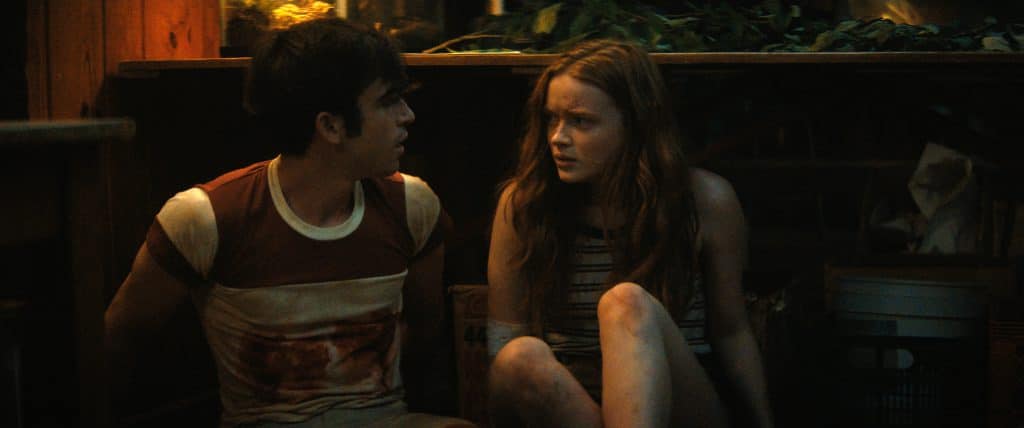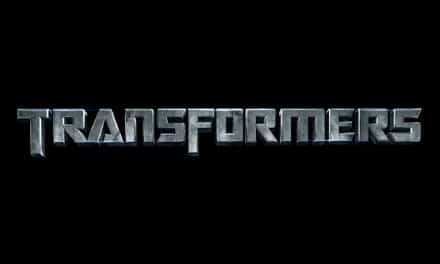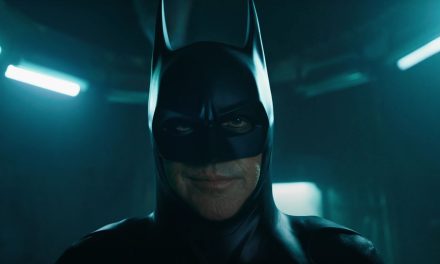Fear Street captivated audiences across the world this summer when all three parts aired in late June/July on Netflix. The films based on the book series by R.L. Stine paid homage to different eras and genres of horror while keeping the slasher genre front and center. We had homages to Scream, Friday the 13th, The Crucible, The New World, and more. The series garnered massive acclaim and was among the most watched movies of the year on Netflix. Horror was here in the middle of the summer, and while these films would have been fun to release around October, horror happens year round. The three films: Fear Street 1994, 1978, and 1666 were directed by Leigh Janiak and written by Janiak, Phil Graziadei, Zak Olkewicz, and Kate Trefry.
It’s hard to put exactly why these films were so successful other than they were great horror flicks. The cast was fantastic with Kiana Madeira, Olivia Scott Welch, Benjamin Flores Jr., Ashley Zukerman, and Gillian Jacobs pulling triple duty on all three films across multiple characters. The films gave us a new flavor on old horror material. It also harkened back to times where horror was at peaks. The slasher boom returned in 1994, it started in 1978, and the occult and possession has always been part of horror. When you combine that with R.L. Stine, you get a recipe for success.
Fear Street Hit The Right Notes With Nostalgia And Also Pop Culture

You tell me, that if you grew up from the 1980’s to the 2000’s, that Fear Street didn’t have something for you. Whether that’s the kick-ass 90s soundtrack, the 70s stylings, or even the time-travel of the third film. If you put “Fear of the Dark” by Iron Maiden in any horror movie, it’s score is going up in my book. It wasn’t just that, it was a series that showed that you don’t need to be gross-out, balls to the wall disgusting or overly reliant on effects to succeed.
Fear Street 1994 has one of the most brutal kills I’ve seen in ANY horror movie. I’ll say two words to remind you: bread slicer. I’ve seen the kill 5+ times now, and it still makes me squirm when it’s going to happen. In the second film, we get plenty of nods to Friday the 13th, including the camp it’s filmed at being the same one as the original Friday the 13th. When you combine the actors giving it their all, the original, yet nostalgic story, pop culture references, music, it hit a cultural touchpoint. It was a confluence of the Twitter era of Social Media and more.
This was your grown up version of Goosebumps. It gave us a continuation of the horror from our childhoods that got us into the genre in the first place. Except now, instead of just scaring the crap out of the kids, that horror is murdering them, brutally. It had adult content and was R-Rated but it had the feeling of those classic horror stories. It was a young adult story on steroids. Think of the nostalgia that kids of the 80s felt with Stranger Things, on a less massive cultural scale, this was like that for the children of the 90s.
Release Schedule And Timing Was Key
It takes a lot to film three movies back-to-back-to-back. Part of the whole appeal of Fear Street to me, before I saw the movies was the trailer and the release schedule.
This trailer laid out the entire story, the reason behind the movies, and the fact that we would have three horror stories in three straight weekends. My friends and I all made plans to watch the three of them. It was an event. In this age, that’s nearly impossible to make something streaming like this, an event. It felt very much like the TV days of old, when you had to watch something when it aired. This time around, we watched it and guessed as to what’s coming next in the story. Some of the revelations in the third movie are pretty apparent now, but when you first watched them they weren’t.
For three weekends in the middle of the Summer of 2021, people were excited about horror. They were excited to see where a story went next. I’m sure Netflix is looking into ways they can capitalize on this success, and it would behoove them to imitate exactly what they did with Fear Street.
The Future Of Fear Street
There are plenty of Fear Street novels to take inspiration from. R.L. Stine is one of the most prolific authors on planet Earth. The dude writes like his life depends on it. The story of Shadyside might be clear and done, but there are plenty of novels in his series to dig into. Let’s hope they can capture the magic that swept all of us for those three weekends in Summer of 2021.
For more on horror, check out Fright-A-Thon or stay tuned to That Hashtag Show.

![Why Fear Street Was a Phenomenon In Summer 2021 [Fright-A-Thon]](https://thathashtagshow.com/wp-content/uploads/2021/07/Netflix-Fear-Street-Movie-1280x640.jpg)



